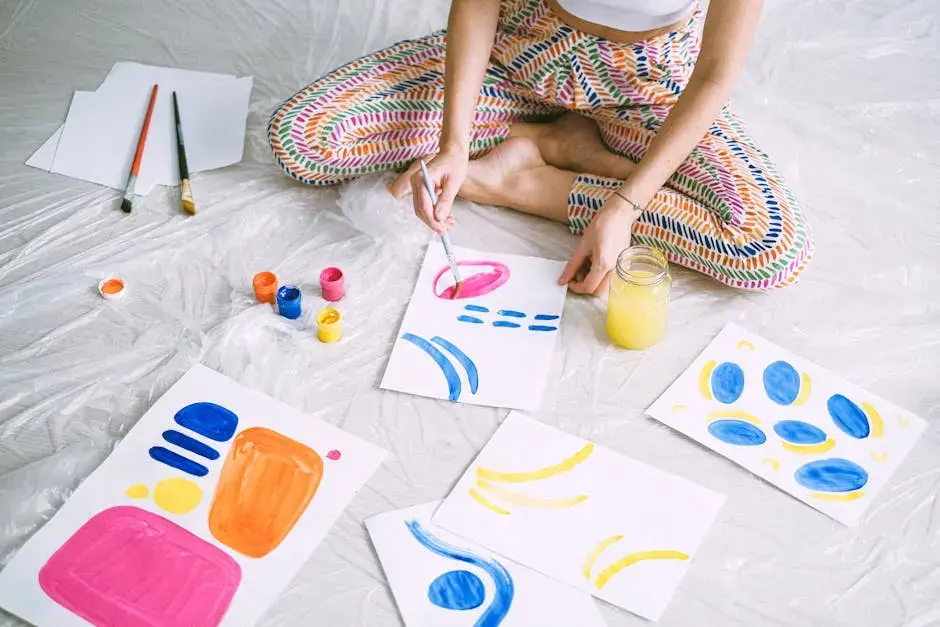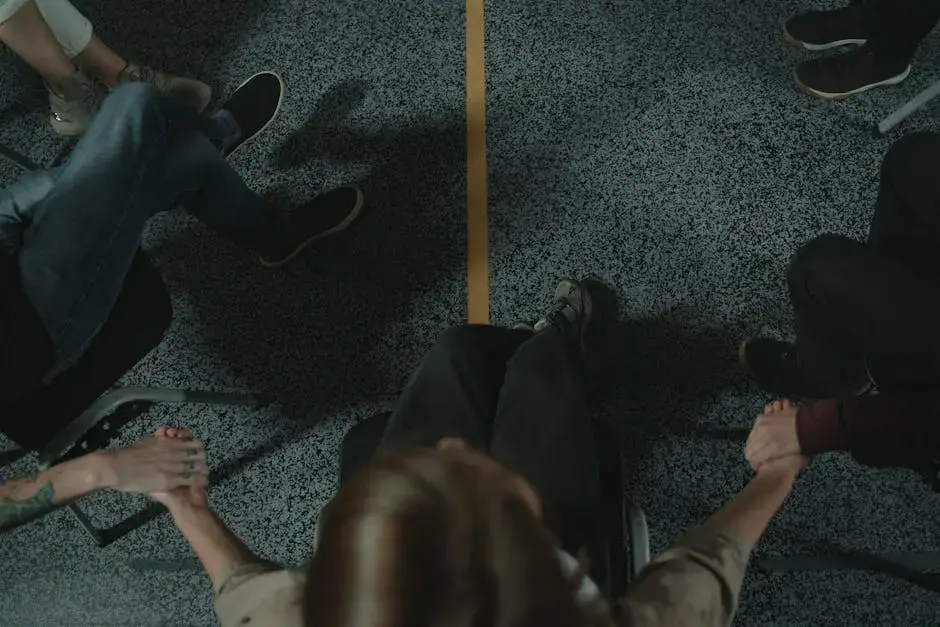What is the Difference Between Art Therapy and Traditional Therapy?
- Karrie Stafford

- Jun 13
- 3 min read
Understanding the nuances of different therapeutic approaches is crucial for anyone seeking mental health support. While both art therapy and traditional therapy aim to help individuals address emotional and psychological challenges, they employ different methods and tools. In this blog, we’ll explore these two approaches to help you determine which might be right for you.

Understanding Art Therapy
Art therapy is a form of expressive therapy that uses art as a medium for communication and healing. Trained art therapists guide individuals in creating art to explore emotions, develop self-awareness, and express feelings that may be difficult to verbalize.
This therapeutic approach can involve various techniques, such as painting, drawing, or sculpture. By engaging in the creative process, clients often find it easier to reflect on their experiences and emotions. This is particularly helpful for those who may have trouble with traditional forms of communication.
One unique aspect of art therapy is its focus on the process rather than the final product. Clients are encouraged to express themselves freely without the pressure of making something 'beautiful.' This freedom fosters a safe environment for emotional exploration and personal growth.
Moreover, art therapy can be beneficial for individuals of all ages. Children, for instance, may find it easier to express their feelings through art, making it an excellent tool for younger clients. Adults, too, may discover new aspects of themselves through artistic expression.
Exploring Traditional Therapy
Traditional therapy, often referred to as talk therapy, typically involves a conversation between the therapist and the client. This approach focuses on discussing thoughts, feelings, and behaviors to gain insight and resolve mental health issues.
In traditional therapy, various methodologies may be employed, including cognitive-behavioral techniques, psychodynamic therapy, and more. Each method provides different strategies for understanding and modifying thought patterns, making it essential for clients to find a therapist whose style resonates with them.
One significant advantage of traditional therapy is the structured environment it provides. This setting allows clients to explore complex topics in a safe space, often leading to profound insights and breakthroughs in understanding.
For many, the ability to speak openly about personal experiences can be incredibly cathartic. Traditional therapy emphasizes verbalization, where clients are encouraged to voice their feelings, ultimately promoting healing through dialogue.
Key Differences Between the Two Approaches
The primary difference lies in the methods used—art therapy involves creative expression, while traditional therapy relies on verbal communication. Additionally, the goals and outcomes may vary, with art therapy focusing on emotional expression and traditional therapy targeting thought processes.
Art therapy often appeals to those who feel inhibited by words, using creativity as a bridge to self-discovery. In contrast, traditional therapy may better suit individuals who express comfort in discussing their experiences and thoughts in a structured manner.
Moreover, the environments of the two therapies differ significantly. Art therapy sessions are often more relaxed and casual, fostering an atmosphere where creativity can flow. Conversely, traditional therapy settings may feel more formal, with a structured time frame and agenda.
Who Can Benefit from Each Therapy?
Art therapy is particularly beneficial for individuals who find it challenging to articulate their feelings and those who enjoy creative outlets. The process can lead to unexpected insights and connections that verbal communication may not always achieve.
On the other hand, traditional therapy suits those who prefer structured conversation and are comfortable discussing their thoughts. This method often appeals to individuals looking for direct feedback and problem-solving strategies.
Additionally, certain populations, such as children or individuals with developmental disabilities, may especially thrive in art therapy settings. The approach's sensory and engaging nature can make a significant difference for those who may struggle with traditional verbal communication.
Choosing the Right Path for You
Consider your personal preferences, goals, and comfort levels when deciding between the two. It's also helpful to consult with mental health professionals who can guide you based on your unique needs.
Reflecting on what you hope to achieve in therapy can aid in your decision. Are you looking for emotional expression through creativity, or would you prefer to analyze your thoughts and behaviors through conversation? Recognizing your primary goals will inform your choice.
Lastly, it’s important to remember that both forms of therapy have their merits and can even complement one another. Some individuals may find that a combination of art therapy and traditional therapy works best for their healing journey.
Making the Right Choice for Your Mental Health
Choosing between art therapy and traditional therapy depends on your personal preferences and therapeutic needs. Both approaches offer unique benefits and can be incredibly effective. If you’re curious about exploring your feelings through creativity, art therapy might be a good fit. However, if you prefer verbal communication and structured dialogue, traditional therapy may be more suitable. Consider your goals and consult with a qualified professional to find the best path forward.




Comments